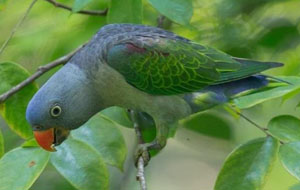
Blue-rumped Short-tailed Parrot
Blue-rumped Parrot, Mexican Parrot, Blue-rumped Parrot
The Blue-rumped Short-tailed Parrot is a small parrot, also known as the Mex···

Palaeornis eupatria
Palaeornis eupatria,Alexandrine Parakeet,Psittacula eupatria (Linnaeus, 1766),Psittacus Eupatria Linneaus, 1766,Alexan Parrot
Alexandrine parrots look a bit like ring-necked parrots, but are much larger···
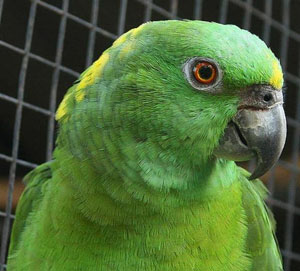
Amazona auropalliata
Amazona auropalliata,Amazona auropalliata,Yellow-necked Amazon Parrot, Yellow-necked Amazon Parrot
The yellow-necked Amazon parrot is a typical climbing bird, with two toes fa···
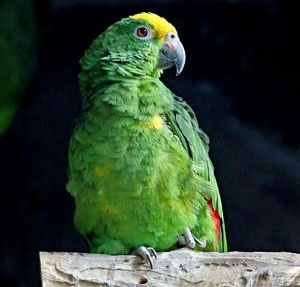
Amazona ochrocephala
Amazona ochrocephala,Yellow-crowned Amazon,Single hat, small yellow hat, yellow crowned parrot
Parrots come in many different types, with different shapes and colorful fea···
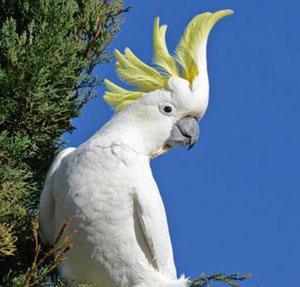
Sulphur-crested Cockatoo
Small Budan, Large Sunflower Cockatoo, Large Sunflower Cockatoo, Sunflower Budan
Like many cockatoos, the Sulphur-crested Cockatoo requires a lot of time as ···
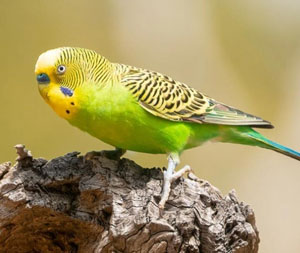
Melopsittacus undulatus
Melopsittacus undulatus,Budgerigar、Budgie,Jiao Feng, Cai Feng, Asu Er, Parrot
Budgies are the most common pet birds in the world. They come in many variet···

Eclectus roratus
Eclectus roratus,Eclectus Parrot,Red-flanked Green Parrot
The name of the Eclectic Parrot "Eclectic" comes from the word &qu···
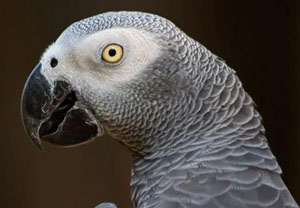
Psittacus erithacus
Psittacus erithacus,Grey Parrot,Grey Parrot, Grey Parrot
African Gray ParrotIt is a large parrot, a typical climbing bird, with a pai···
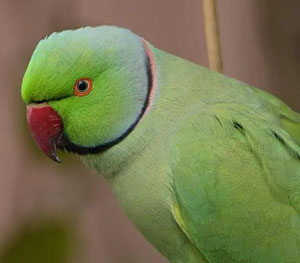
Psittacula krameri
Psittacula krameri,Rose-ringed Parakeet,Rose-ringed parakeet, Ring-necked parakeet, Moon-ringed parakeet
Red-collared green parrots are resident birds, often moving in groups, somet···
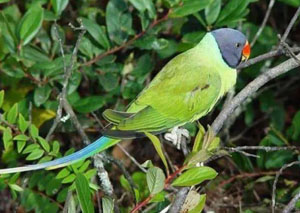
Psittacula himalayana
Psittacula himalayana,Slaty-headed Parakeet
The appearance of the Green-headed Parrot is very similar to that of the Gre···
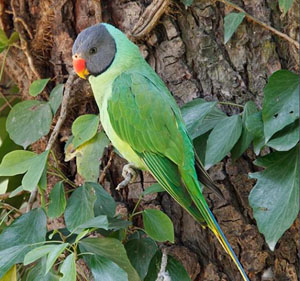
Psittacula himalayana
Psittacula himalayana,Slaty-headed Parakeet,Gray-headed parrot, Sand monk bird, Gray-headed conure, Dark-headed parrot
Gray-headed parrots are typical climbing birds with opposable feet, two toes···
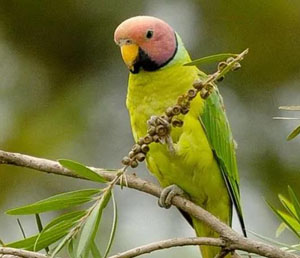
Psittacula roseata
Psittacula roseata,Blossom-headed Parakeet,Rose-headed cockatoo, Purple-headed cockatoo
The flower-headed parrot is a medium-sized bird, a typical climbing bird, wi···
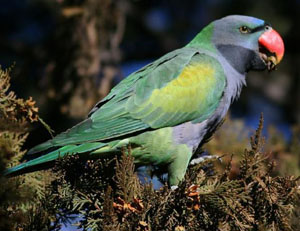
Derby's Parakeet
Derby's Parakeet,Parrot, Oriole
The Great Purple-breasted Parrot is a medium-sized bird. In the wild, it usu···

Psittacula alexandri
Psittacula alexandri,Red-breasted Parakeet,Sichuan parrot, big parrot, big purple-breasted parrot
The rose-breasted parrot is a medium-sized bird, a typical climbing bird, wi···
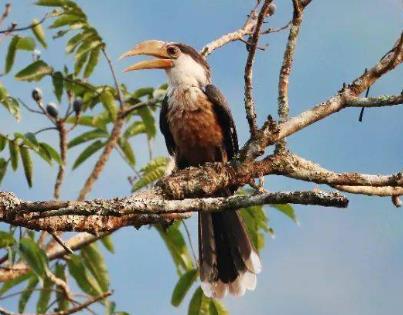
Austen's Brown Hornbill
Hornbill,Anorrhinus austeni
The white-throated hornbill is a large bird of the family Rhinoceros Bipedid···
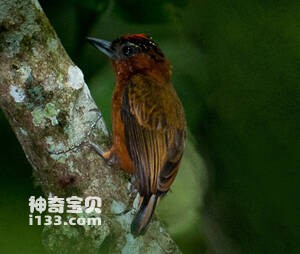
Picumnus rufiventris
Picumnus rufiventris,Rufous-breasted piculet
The scientific name of the brown breasted woodpecker is Picumnus rufiventris···
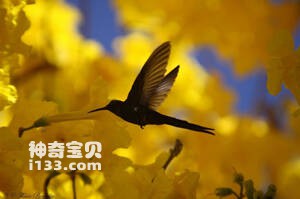
Eupetomena macroura
Eupetomena macroura,Swallow-tailed Hummingbird
The Swallow-tailed Hummingbird is Eupetomena macroura and swallow-tailed hum···
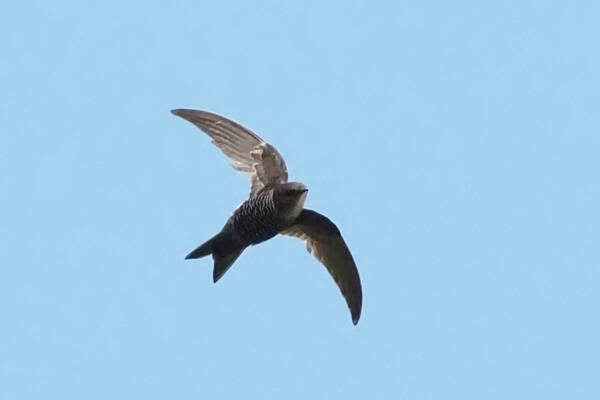
Apus cooki
Apus cooki,Cook's Swift,Apus cooki
Indochinese White-rumped Swift (English name: Cook's Swift, scientific n···
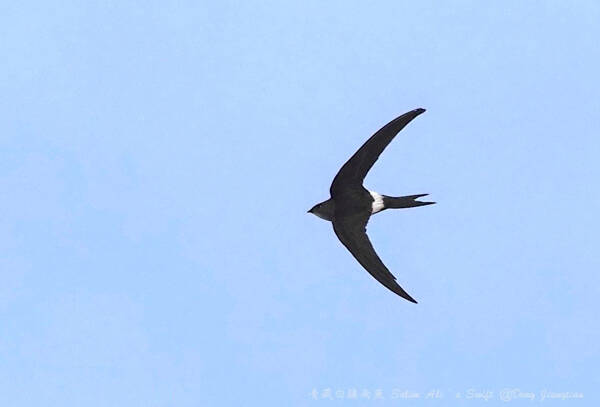
Apus salimalii
Salim Ali's Swift,Apus salimalii
The Tibetan White-rumped Swift (English name: Salim Ali's Swift, scienti···

Hirundapus celebensis
Purple Needletail,Hirundapus celebensis,Purple Needletail
The Purple Needletail (Hirundapus celebensis) is a species of bird in the ge···
